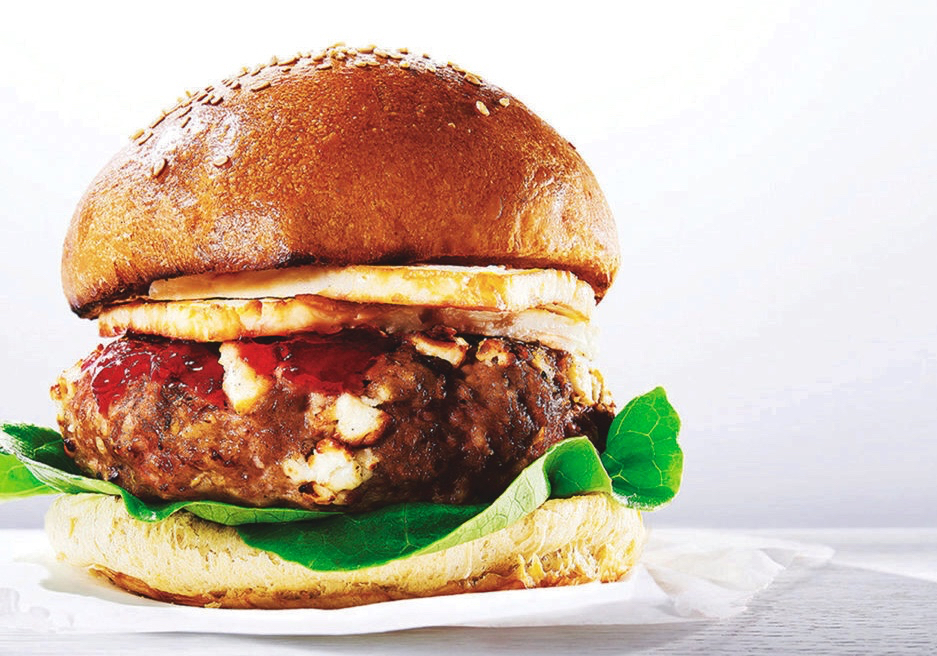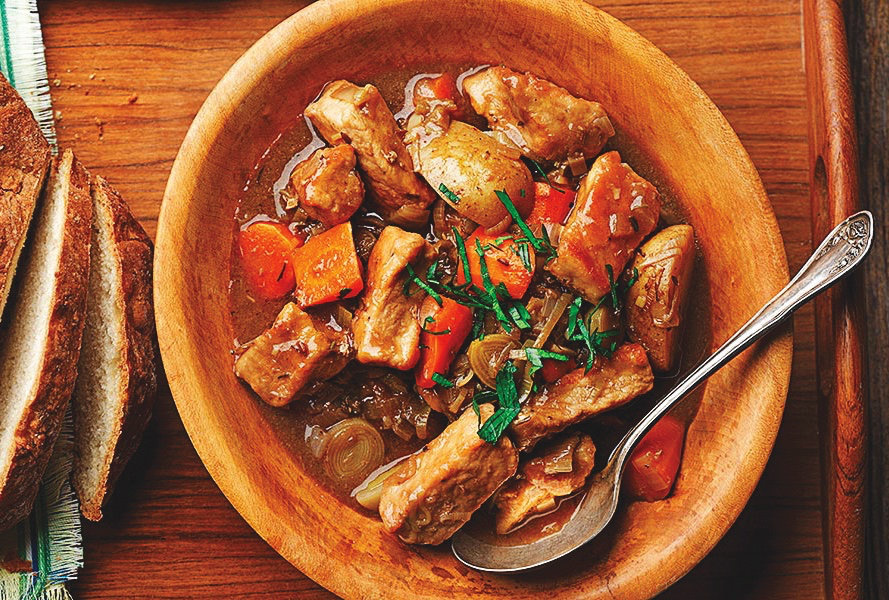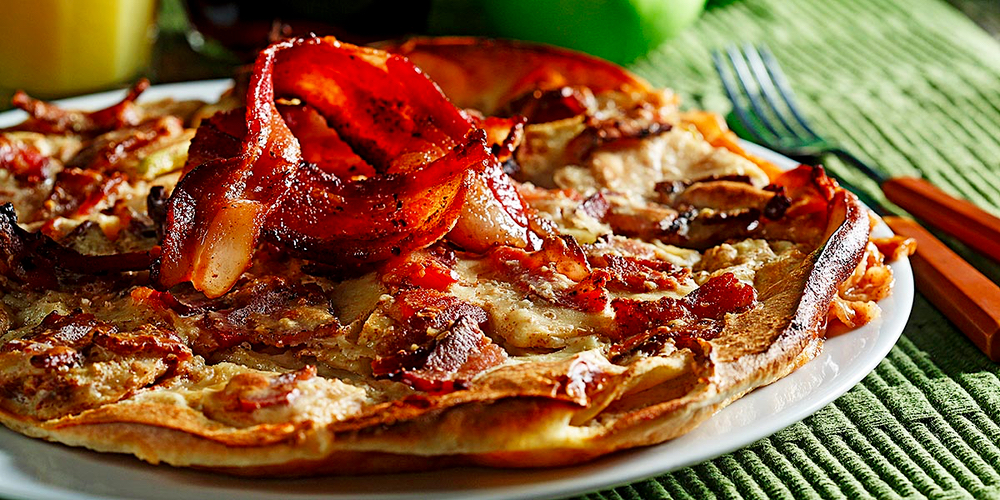On the way home one day, my husband and I were discussing the eternal question, “What’s for dinner?”
Our daughters were sitting in the backseat, observing their sometimes embarrassing “parental units.” I think my husband felt the need to “ham it up” for the entertainment factor.
“How about spaghetti and meatballs for dinner?” I asked.
No negative comments emanated from the backseat. In fact, they were strangely silent.
“We have some bread that needs to be used, so let’s have garlic toast,” my husband said. “We also have carrot sticks, and we have plenty of milk in the fridge.”
Read Also

Could snails keep blue-green algae out of livestock dugouts?
Could snails keep blue-green algae out of livestock dugouts? Researchers at Brandon University are studying them as natural water quality filters.
“You always say to use up our food,” he added as he glanced in my direction.
I nodded in approval and said, “We just need some fruit and we have a complete menu.”
“Well, you have dragged me kicking and screaming into healthy eating for almost 23 years now,” he noted dramatically. “I should know by now.”
Now I heard some giggling from the backseat. I know they were imagining me force-feeding him fruits and vegetables. No, I didn’t do that. As an employed bachelor, he probably ate a better diet than I did as a graduate student with limited time and money.
If planning healthful, tasty meals sometimes leaves you wondering what to make, here is a way to generate some ideas that are budget friendly and may add variety to home menus:
- Pick up a copy of the weekly sale ads for your favourite grocery stores. Refer to the ads as you continue the activity.
- Divide a piece of paper into three columns using a ruler and pencil or fold it in thirds.
- In one column, list seven or more of your favourite main dish items.
- In the second column, list several vegetables and fruits you or your family members consistently enjoy. In sales ads, seasonal fruits and vegetables often are at their lowest cost and best quality.
- In the third column, list types of grains (breads, rice, beans, pastas) you or your family members enjoy. Include whole grain options, such as whole wheat bread and pasta. According to recent food and nutrition guidance, we should make at least half of our grain choices whole grains.
- Look at the items in your columns and list seven menus on the back of the piece of paper. For example, for a dinner menu, include a main dish, vegetable, fruit, bread and milk.
- Consider what you already have at home, then create a grocery shopping list.
As you are planning meals, be sure to mix up your plate with different textures, colours, shapes, sizes and temperatures each day. Incorporating a wide variety of foods from all the food groups into your meals will ensure that your family members are getting the nutrients they need. A plate with colourful fruits and vegetables is a good indicator that you are getting a variety of nutrients and a balance of each of the food groups.
We have done some menu-planning work for you. Visit ag.ndsu.edu/food and click on “Food Preparation” to see the “Cooking 101,” “Pinchin’ Pennies in the Kitchen” and “Now Serving” series of publications. Some of these guides include menu plans. We also have several videos showing various recipes.
Cowboy Caviar
Here’s a tasty and colourful recipe my student interns tried and all the “tasters” approved. Try this recipe as a side salad for grilled burgers on whole wheat buns, fresh strawberries and low-fat or fat-free milk to round out your meal.
- 1 avocado, diced
- 1/4 c. lemon juice
- 1 (15-oz.) can black beans, drained and rinsed
- 1/2 c. cilantro, fresh
- 1 (14-oz.) can corn, drained and rinsed
- 1/2 tsp. garlic powder
- 1 green bell pepper, diced and seeds removed
- 2 tbsp. jalapeno, minced (optional)
- 1/2 medium onion, diced
- 5 Roma tomatoes, diced
- 1/2 c. Italian dressing
Rinse the avocado under cool, running water. Slice the avocado in half and remove the seed. Using a knife, cut the avocado in squares; try not to cut all the way through the peel. Use a spoon to remove the avocado from the peel. Place diced avocado in a mixing bowl and pour lemon juice over avocado. Add beans, corn, bell pepper, jalapeno (optional), onion, tomatoes, cilantro and garlic powder and mix. Finally, add Italian dressing and thoroughly mix all ingredients. Refrigerate overnight. Serve chilled and garnish with cilantro if desired.
Makes 14 servings.
Slow Cooker Corned Beef, Barley And Cabbage
Love the flavour and texture of barley? You don’t have to wait for St. Patrick’s Day to enjoy this classic Irish supper. This delicious meal for four can be prepared the evening before and reheated in the oven for 30 minutes, or assemble in the slow cooker in the morning to simmer all day. Add the steamed cabbage just before serving for fresh taste and colour. And if you love this recipe, you’ll find many more online at Go Barley.
- 1 c. pot or pearl barley
- 1 large onion, cut into thick slices
- 3 large carrots, quartered
- 1 bottle (12 oz.) beer
- 1 can (10 oz. / 284 ml) less-sodium beef broth
- 3 c. water (approximately)
- 1 bay leaf
- 2 lb. prepared uncooked corned beef brisket, rinsed
- 1 small cabbage, cut into 1-inch slices
- 2 tbsp. Dijon mustard
- 2 tbsp. mayonnaise
- 1/2 tsp. freshly ground black pepper
Add barley, then onion and carrots to the slow cooker. Place corned beef on top of vegetables. Pour in beer, broth, and enough water to cover beef by 1 inch. Add bay leaf.
Cover slow cooker and cook on high for seven hours or until beef and barley are tender and moist. Before serving, in a saucepan over high heat or in the microwave, steam cabbage until tender, about 10 minutes. Remove corned beef from slow cooker and carve into half-inch slices. In a small mixing bowl, blend Dijon mustard, mayonnaise and ground pepper. In individual shallow serving bowls, place barley, carrots and onions. Top with sliced corned beef and cabbage.
Serve with sauce to drizzle over corned beef.
Makes four servings. Recipe source: gobarley.com















